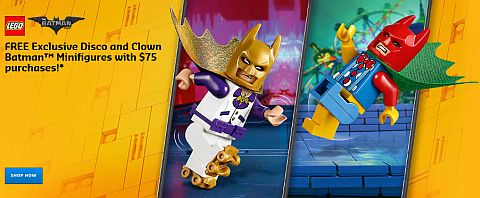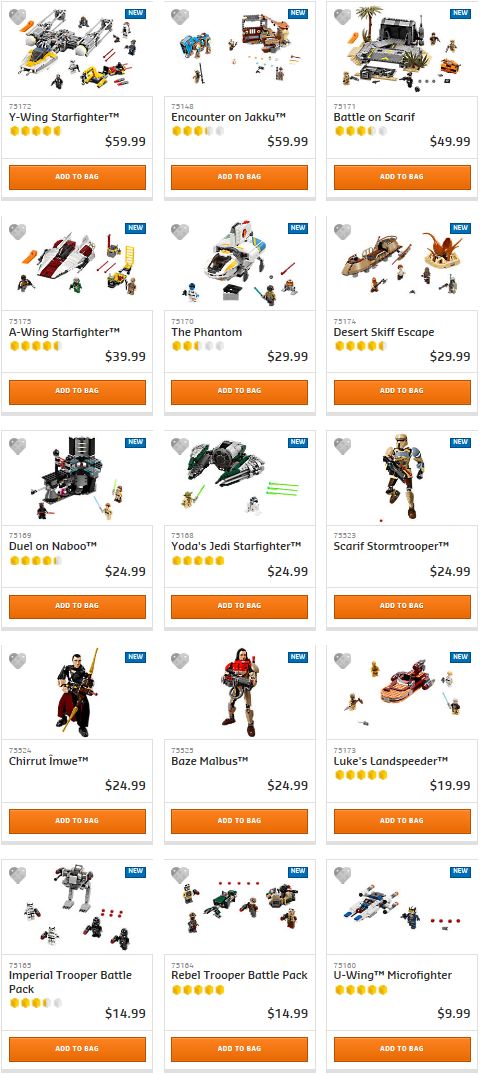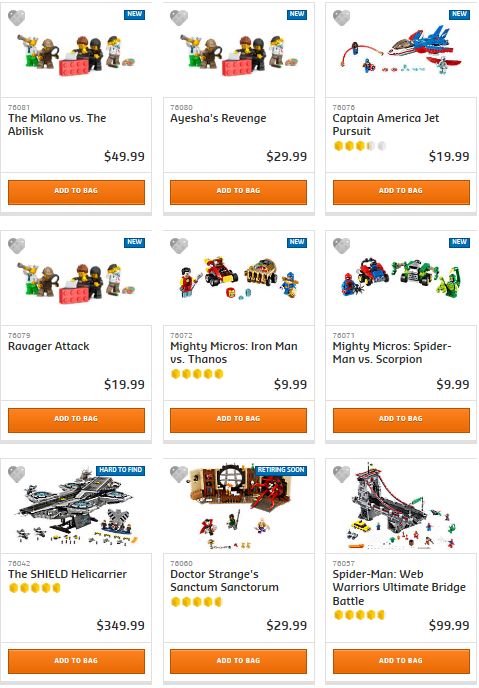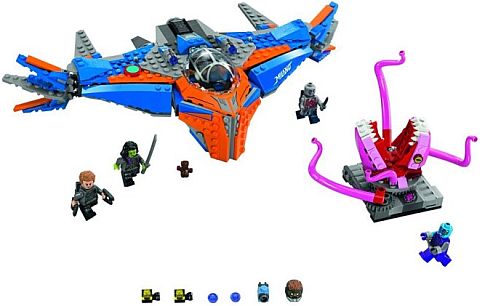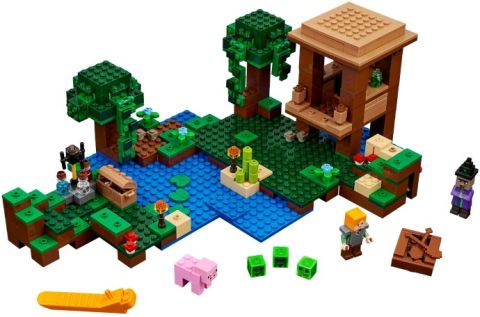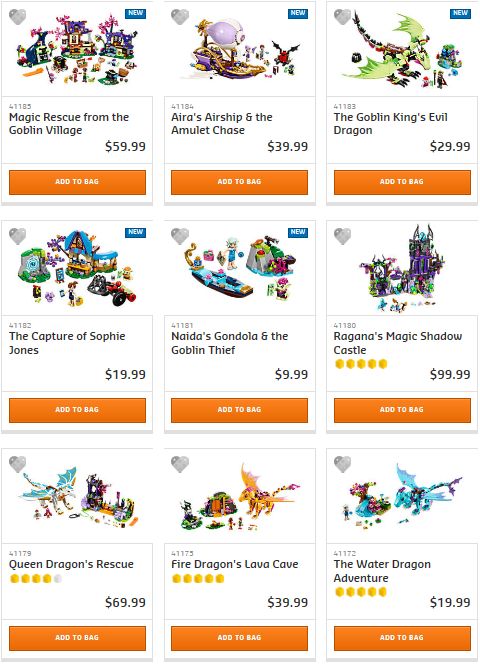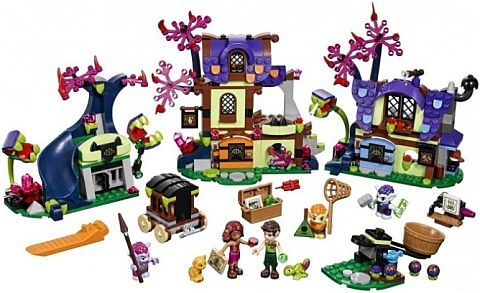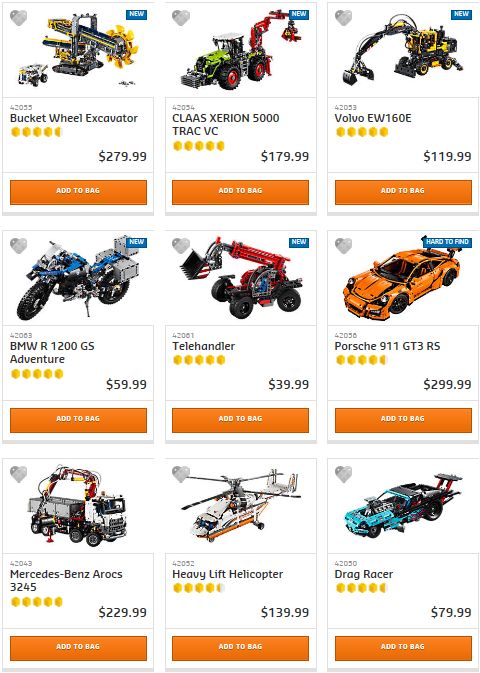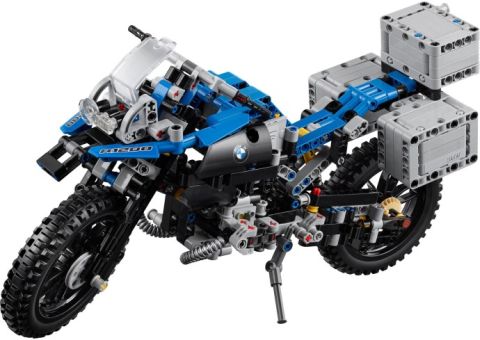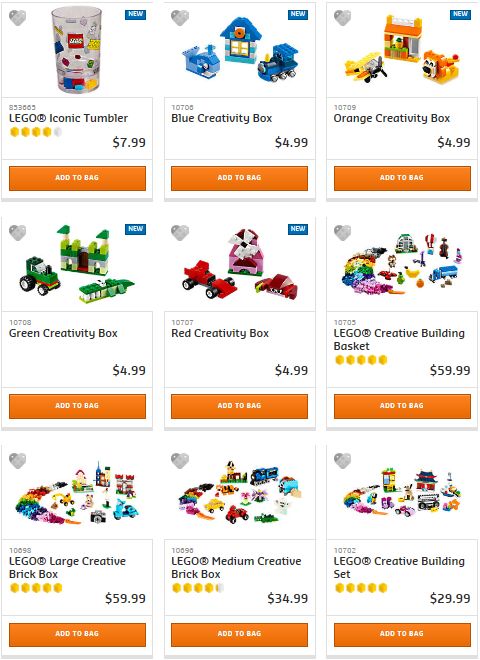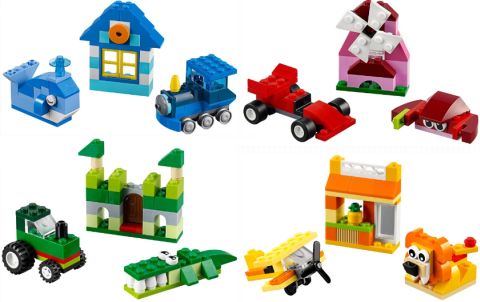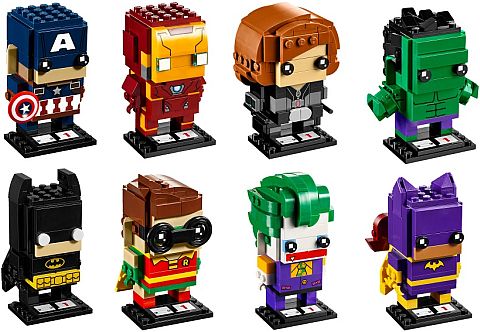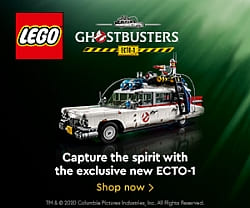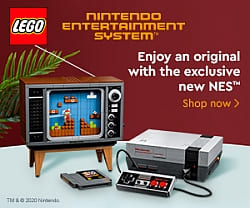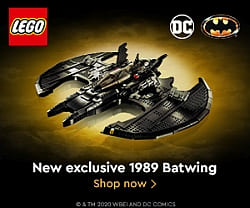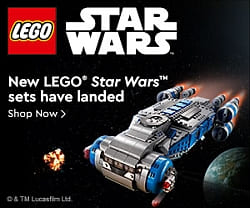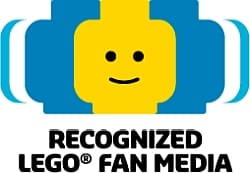The New York Toy Fair took place this past weekend, and the LEGO fan community is abuzz talking about all the new sets and themes that were just revealed. Some of the sets we have seen at the German Toy Fair already (see: LEGO German Toy Fair New LEGO Sets & More!), while others are completely new revelations. The BrickShow was at the New York Toy Fair, and took video footage of everything. So let’s take a closer look. 🙂

I have included all the video-footage by the BrickShow in the playlist below. You can just let the videos play one after another to see all the new sets, or use the drop-down menu in the upper-left corner to select the video you would like to watch. Enjoy!
➡ 2017 LEGO PIRATES OF THE CARIBBEAN – VIDEO 1: One of the biggest reveals of the New York Toy Fair was the #71042 LEGO Pirates of the Caribbean The Silent Mary, a massive and menacing looking pirate ship with over 2200 pieces. The set will be available in April for $199.99. You can see it in detail in the first video in the playlist above.
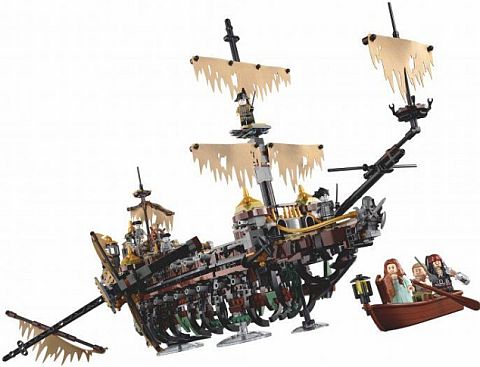
➡ 2017 LEGO ARCHITECTURE SETS – VIDEO 2: We will get a couple of new LEGO Architecture sets later this year; the #21035 LEGO Architecture Guggenheim Museum and the #21036 LEGO Architecture Arc De Triomphe. We have seen both sets at the German Toy Fair already, but the New York footage gives us a closer look.
➡ 2017 LEGO CITY SETS – VIDEO 3: In the third video you can see the new LEGO City Jungle sets, including the #60156 LEGO City Jungle Buggy, the #60157 LEGO City Jungle Starter Set, the #60158 LEGO City Jungle Cargo Helicopter, the #60159 LEGO City Jungle Halftrack Mission, the #60160 LEGO City Jungle Mobile Lab, and the #60161 LEGO City Exploration Site. The resurrected LEGO City Coast Guard sets include the #60163 LEGO City Coast Guard Starter Set, the #60164 LEGO City Sea Rescue Plane, the #60165 LEGO City 4×4 Response Unit, the #60166 LEGO City Heavy-Duty Rescue, the #60167 LEGO City Coast Guard Headquarters, and the #60169 LEGO City Coast Guard Cargo Terminal. And we will also get the #60153 LEGO City Fun at the Beach – City People Pack, and the #60154 LEGO City Bus Station.
➡ 2017 LEGO CREATOR SETS – VIDEO 4: There is a good number of LEGO Creator sets coming later this year as well. This includes the #31066 LEGO Creator Space Shuttle Explorer, the #31070 LEGO Creator Turbo Track Racer, the #31067 LEGO Creator Poolside Holiday, the #31068 LEGO Creator Modern Home, and the #31069 LEGO Creator Family Villa. You can see them in the fourth video in the playlist above.
➡ 2017 LEGO DISNEY SETS – VIDEO 5: The #41145 LEGO Disney Ariel and the Magical Spell, and the #41146 LEGO Disney Cinderella’s Enchanted Evening are two sets that will be coming later this year, and there will be also a series of LEGO Disney Cars sets, but they were not on display.
➡ 2017 LEGO ELVES SETS – VIDEO 6: The first wave of the 2017 LEGO Elves goblin sets were released just this past weekend, and the second wave will come later this year: #41186 LEGO Elves Azari & The Goblin Forest, #41187 LEGO Elves Rosalyn’s Healing Hideout, and #41188 LEGO Elves Breakout from the Goblin King’s Fortress.
➡ 2017 LEGO MINECRAFT SETS – VIDEO 7: Three new LEGO Minecraft sets were revealed at the New York Toy Fair, including the #21135 LEGO Minecraft The Crafting Box 2.0, the massive #21136 LEGO Minecraft The Ocean Monument, and the #21137 LEGO Minecraft The Mountain Cave.
➡ 2017 LEGO NEXO KNIGHT SETS – VIDEO 8: Another large wave of LEGO Nexo Knights sets are coming as well. Sets include the #70353 LEGO Nexo Knights The Heligoyle, the #70354 Axl’s Rumble Maker, the #70355 LEGO Nexo Knights Aaron’s Rock Climber, #70356 LEGO Nexo Knights The Colossus of Ultimate Destruction, #70357 LEGO Nexo Knights Knighton Castle, the #70361 LEGO Nexo Knights Macy’s Bot Drop Dragon, and the #70373 LEGO Nexo Knights Nexo Combo Powers Wave 2.
➡ 2017 LEGO NINJAGO SETS – NO VIDEO: The LEGO Ninjago Movie sets were on display, but pictures were not allowed. According to those who have seen them they are going to be awesome. The set names are as follows: #70606 LEGO Ninjago Movie Jay’s Electro Waver, #70607 LEGO Ninjago Movie Titanium Turbo, #70608 LEGO Ninjago Movie Samurai Stealth Takedown, #70609 LEGO Ninjago Movie Master’s Dojo, #70610 LEGO Ninjago Movie Nya’s Water Brigade, #70611 LEGO Ninjago Movie Dragon’s Cove, #70612 LEGO Ninjago Movie Spinjitzu Sanctuary, #70613 LEGO Ninjago Movie Ninja Wake Run, #70614 LEGO Ninjago Movie Kai’s Blazing Breaker, #70615 LEGO Ninjago Movie Rai Mech, #70616 LEGO Ninjago Movie Krypt of the Cave, #70617 LEGO Ninjago Movie Backstreet Break-in, #70618 LEGO Ninjago Movie Shadow Legion Ambush, and #70620 Ninjago Movie City Invasion. Besides these fourteen sets, there are also going to be a series of twenty LEGO Ninjago Movie Collectible Minifigures.
➡ 2017 LEGO STAR WARS SETS – VIDEO 9: The LEGO Star Wars summer sets include the following: #75166 LEGO Star Wars First Order Transport Speeder Battle Pack, #75167 LEGO Star Wars Bounty Hunter Speeder Bike Battle Pack, #75178 LEGO Star Wars Jakku Quad Jumper, #75180 LEGO Star Wars Rathtar Escape, #75182 LEGO Star Wars Republic Fighter Tank, #75183 LEGO Star Wars Darth Vader Transformation, #75184 LEGO Star Wars Advent Calendar, #75185 LEGO Star Wars Freemaker Adventures Tracker I, #75186 LEGO Star Wars Freemaker Adventures The Arrowhead, #75531 LEGO Star Wars Stormtrooper Commander, and #75532 LEGO Star Wars Scout Trooper & Speeder Bike.
➡ 2017 LEGO BATMAN MOVIE SETS – VIDEO 10: We have seen most of the second wave of LEGO Batman Movie sets already at the German Toy Fair, however in New York they also had the Ultimate Batmobile on display, and you have a chance to see how it comes apart into four vehicles. The new sets are as follows: #70914 LEGO Batman Movie Bane Toxic Truck Attack, #70915 LEGO Batman Movie Two-Face Double, #70916 LEGO Batman Movie The Batwing, and #70917 LEGO Batman Movie The Ultimate Batmobile.
➡ 2017 LEGO DC SUPER HERO GIRLS SETS – VIDEO 11: The second wave of the LEGO DC Super Hero Girls sets will include the following: #41236 LEGO DC Super Hero Girls Harley Quinn Dorm, #41237 LEGO DC Super Hero Girls Batgirl Secret Bunker, and #41238 LEGO DC Super Hero Girls Lena Luthor Kryptomite Factory.
➡ 2017 LEGO SUPER HEROES SPIDER-MAN SETS – VIDEO 12: A couple of the upcoming LEGO Spiderman: Homecoming sets were also on display at the New York Toy Fair. This includes the #76082 LEGO Super Heroes ATM Heist Battle, and the #76083 LEGO Super Heroes Beware the Vulture sets.
➡ 2017 LEGO TECHNIC SETS – VIDEO 13: There were three LEGO Technic vehicles displayed at the German Toy Fair; the #42068 LEGO Technic Airport Rescue Vehicle, the #42069 LEGO Technic Extreme Adventure, and the #42070 LEGO Technic 6×6 All Terrain Tow Truck.
➡ LEGO COLLECTIBLE MINIFIGURES SERIES 17: The BrickShow also posted a picture of Series 17 of the LEGO Collectible Minifigures. Looks like a very nice assortment of characters and new accessories! And there is also a mystery figure, that I guess will be revealed later.
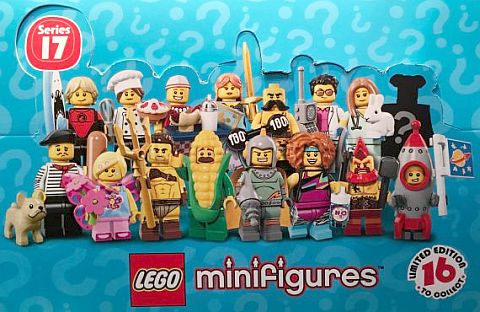
As you can see, there is a staggering amount of new LEGO sets coming later this year, so it is a good idea to start planning what you are going to get. What do you think? How do you like the upcoming 2017 LEGO sets and themes? Which sets are you looking forward to the most, and which ones are you planning to get? Feel free to share your thoughts and discuss in the comment section below! And you can also take a look at the second wave of 2017 sets that were just released by visiting the new sets section of the Online LEGO Shop.
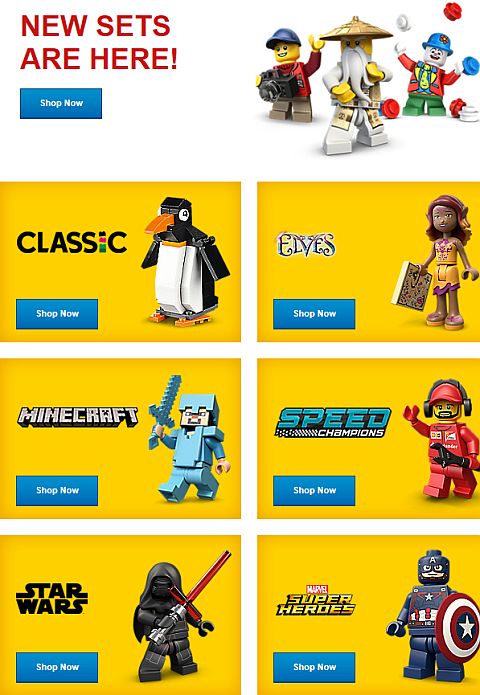
And you might also like to check out the following related posts:
- LEGO Creator Assembly Square Review
- First Wave of 2017 LEGO City Sets Review
- LEGO Ninjago Hands of Time Sets Review
- 2017 LEGO Nexo Knights Sets Review
- 2017 LEGO Disney Frozen Sets Review
- 2017 LEGO Disney Moana Sets Review
- LEGO Architecture Skyline Collection Wave 2
- LEGO Technic Pull-Back Racers for 2017
- LEGO DC Super Hero Girls Sets Review
- LEGO Batman Movie Sets Review – Part 1 (#70900, #70901, #70910)
- LEGO Batman Movie Sets Review – Part 2 (#70907)
- LEGO Batman Movie Sets Review – Part 3 (#70904)
- LEGO Batman Movie Sets Review – Part 4 (#70906)
- LEGO Batman Movie Sets Review – Part 5 (#70909)
- LEGO Batman Movie Sets Review – Part 6 (#70912)
- LEGO Batman Movie Sets Review – Part 7 (70905, #70908)


